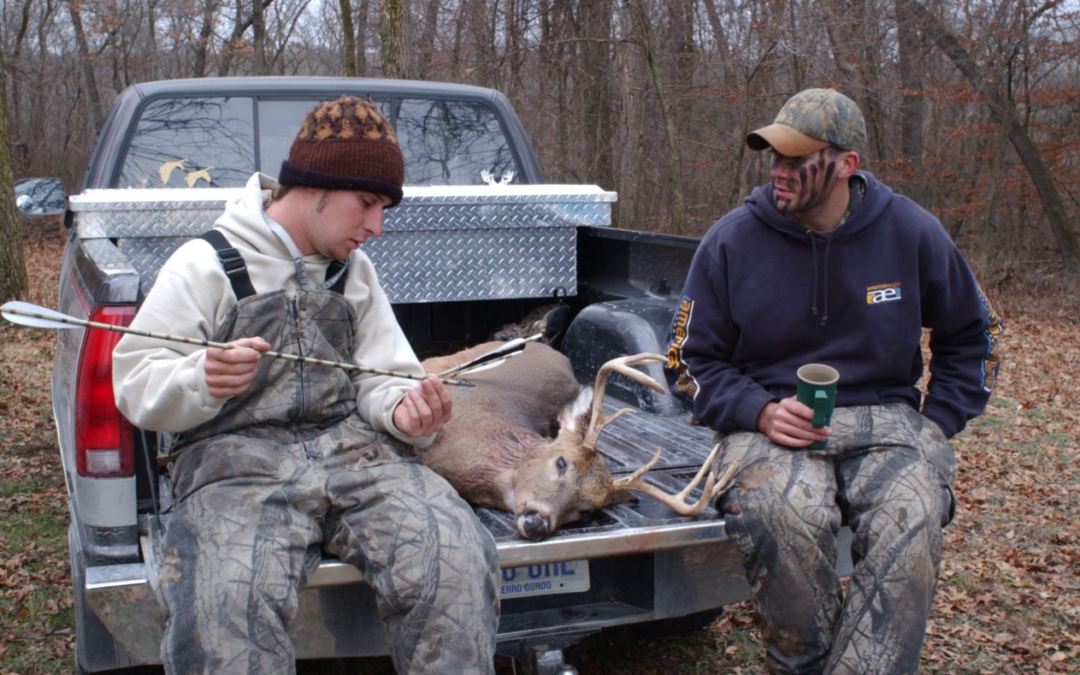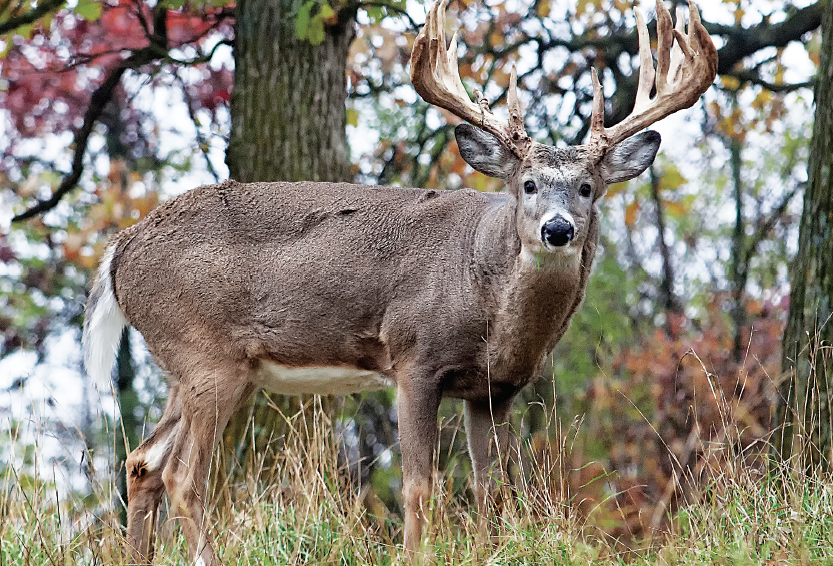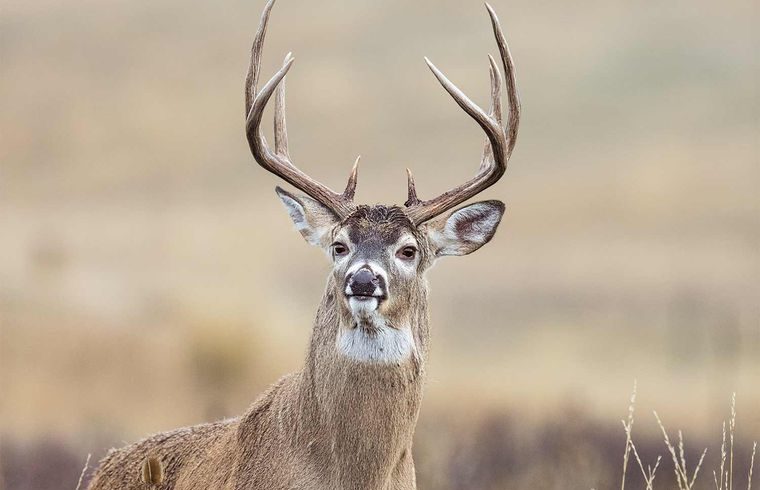Casting a bright spotlight on deer in the dark serves as a remarkable tool used in deer management in Iowa, and may prove useful elsewhere.
Shining or jacklighting white-tailed deer is a known poaching technique. A bright spotlight cast on deer in the dark of the night has a slight stupefying effect on the animal. For that reason, it also serves as a remarkable tool used in deer management in Iowa.
For 43 years now, the Iowa Department of Natural Resources has relied on spotlighting each spring as one means of counting deer. Since 1978, department biologists, game wardens and a multitude of volunteers have counted white-tailed deer along standard, predetermined routes. In 2006, Iowa DNR redesigned the statewide survey to better gather data representing all deer habitat types found in the Hawkeye State. The survey also collects information on observed nocturnal furbearers: raccoons, opossums, badgers, bobcats and skunks. This is conservation work funded by excise taxes paid by archery, firearms and ammunition manufacturers through the Pittman-Robertson Act.
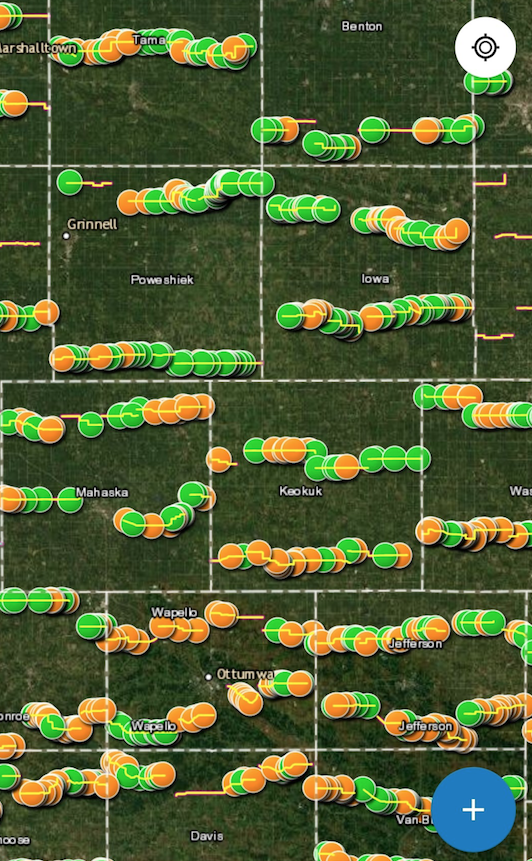
Each Iowa county has two spring white-tailed deer spotlight survey routes. Image courtesy IDNR.
Today, Iowa DNR staff and volunteers count white-tailed deer in all of Iowa’s 99 counties. Each county has two regular routes run the same way and the same times every spring. The outcome is a robust data set that allows for year-to-year comparisons that may reveal trends, good or bad. The survey offers data resolution at a local level, says Iowa DNR wildlife biologist, Dan Kaminski. “The survey is robust and replicable and the data are reliable,” said Kaminski who helps oversee the deer data collection at his agency’s Boone Research Station.
“The annual spotlight survey reveals statewide white-tailed deer population trends,” said Kaminski. “It’s a most useful tool that yields an index of what goes on at the county level.”
The spotlight survey is paired with other information Kaminski and his colleagues collect, such as county-by-county deer harvest data and the results of bow hunter surveys. Iowa archers are asked to keep a diary of their hunts from October to December, recording how many white-tailed deer they see, along with other furbearers observed and submit the diaries to Iowa DNR researchers.
“We feed all the data into a population model taking into account spring birthing rates and other biological factors,” said Kaminski. “The end results are deer harvest recommendations that ensure proper management over time at a refined, county level.”
Iowa hunters harvest about 100,000 whitetails a year and have done so for the last decade. The state has a 30 percent harvest rate on all deer hunting licenses sold.
Excise taxes from the Pittman-Robertson Act make it possible.
 “Pittman-Robertson funding is critical,” said Kaminski. “It pays our wildlife research, statisticians and management salaries—and allows us to complete extensive whitetail surveys each year.”
“Pittman-Robertson funding is critical,” said Kaminski. “It pays our wildlife research, statisticians and management salaries—and allows us to complete extensive whitetail surveys each year.”
What is good in Iowa may be good elsewhere. Kaminski and his colleagues recently published findings on their research into the efficacy of spotlighting, having collected location data on 71,323 whitetails in more than 20,000 groups of deer over a five-year period. They shared what they know with other wildlife professionals via a paper published in the peer-reviewed Journal of Wildlife Management.
The U.S. Fish and Wildlife Service’s Wildlife and Sport Fish Restoration program administers Pittman-Robertson funding, and seeks to bolster the 84-year-long relationship between industry and state fish and game agencies through Partner with a Payer.
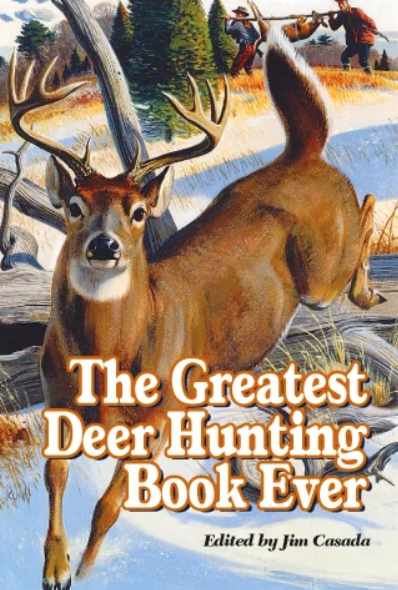 Altogether, these carefully chosen selections from the finest writings of a panoply of sporting scribes open wide the door to reading wonder. As you read their works you’ll chuckle, feel a catch in your throat or a tear in your eye, and venture vicariously afield with men and women who instinctively know how to take readers to the setting of their story.
Altogether, these carefully chosen selections from the finest writings of a panoply of sporting scribes open wide the door to reading wonder. As you read their works you’ll chuckle, feel a catch in your throat or a tear in your eye, and venture vicariously afield with men and women who instinctively know how to take readers to the setting of their story.
This is an anthology to sample and savor, perhaps one story at a time or in an extended session of armchair adventure. That’s a choice for each individual reader, but rest assured that on these 465 pages, there’s an abundance of opportunity to be enlightened and entertained. Shop Now

